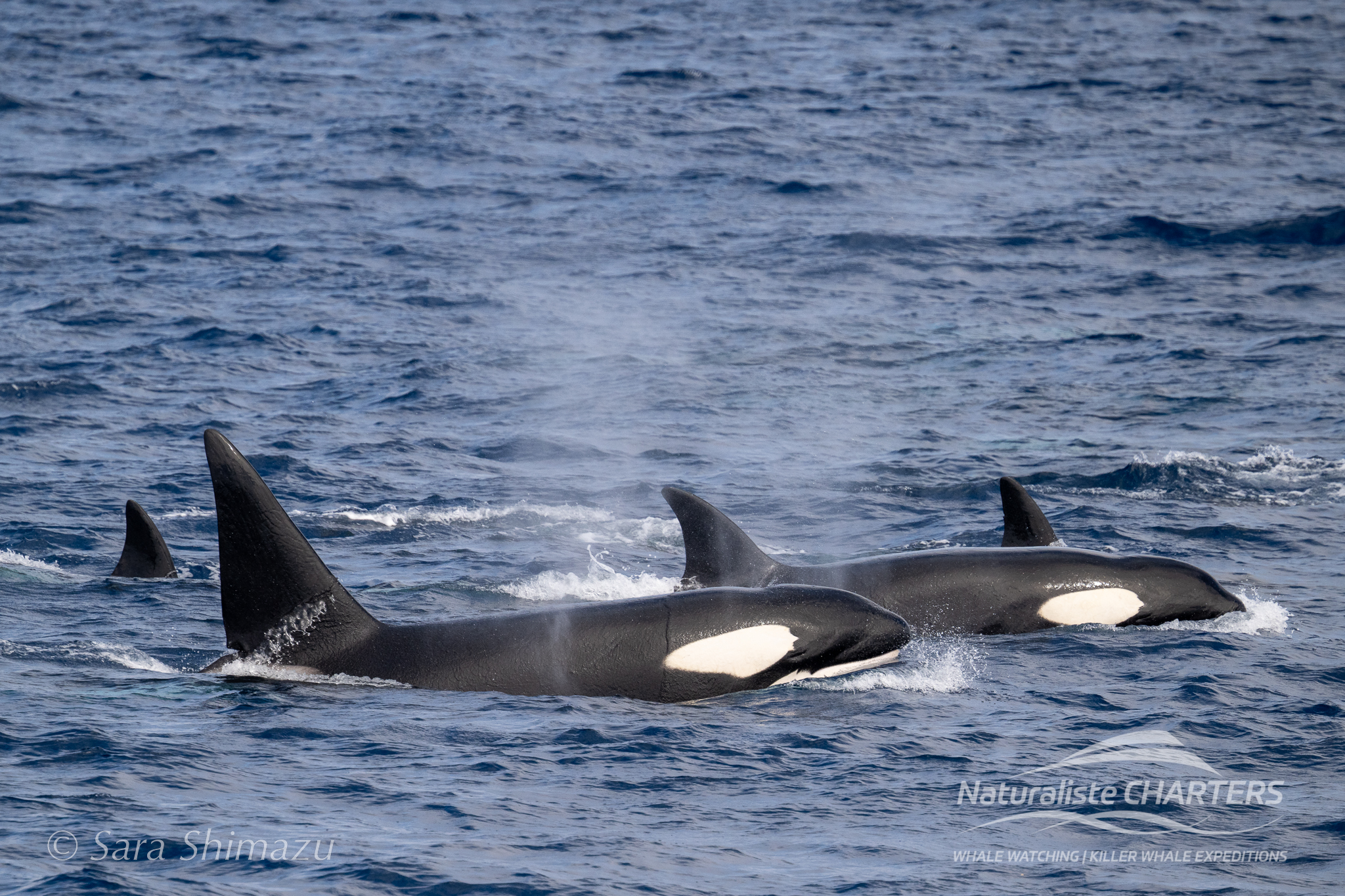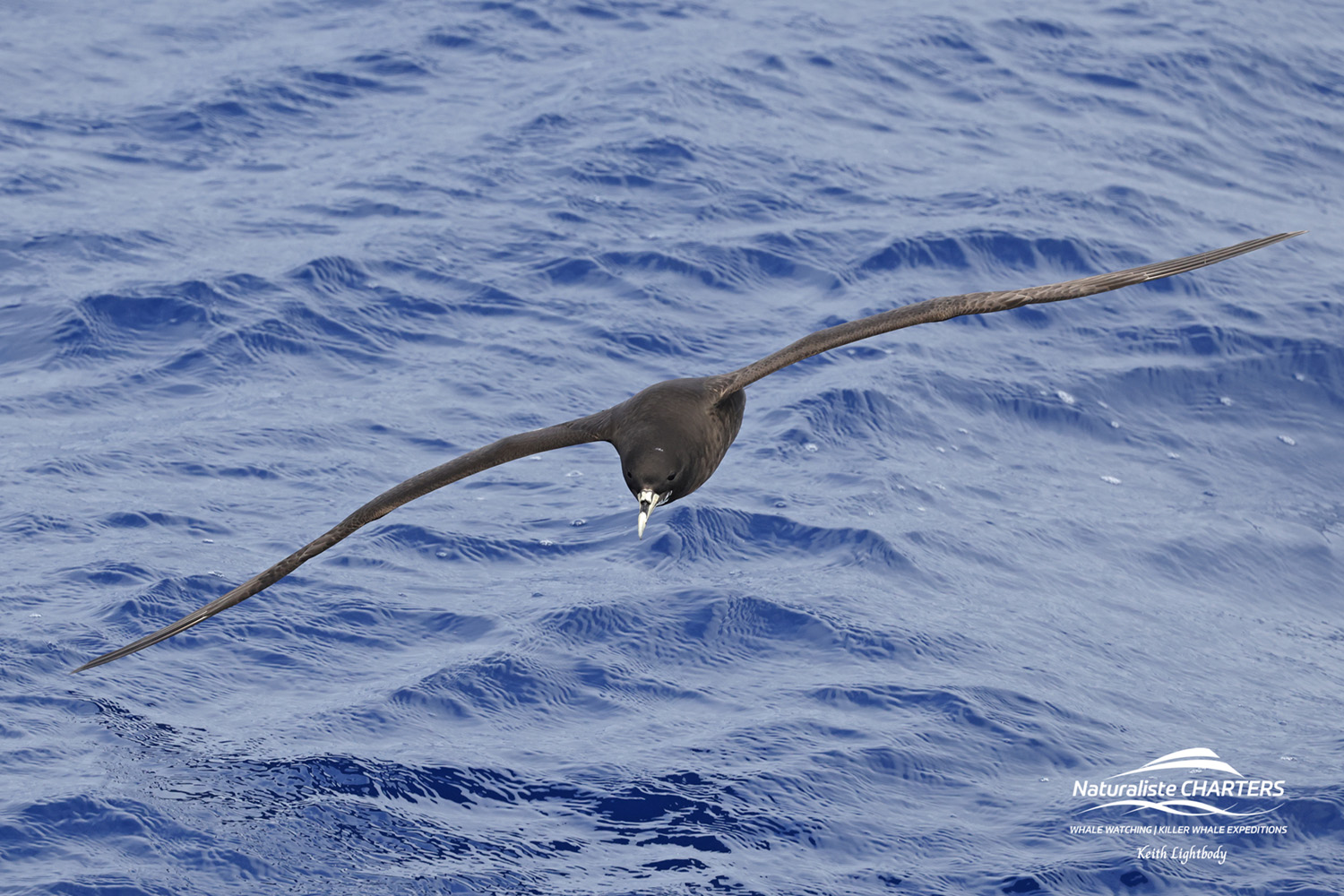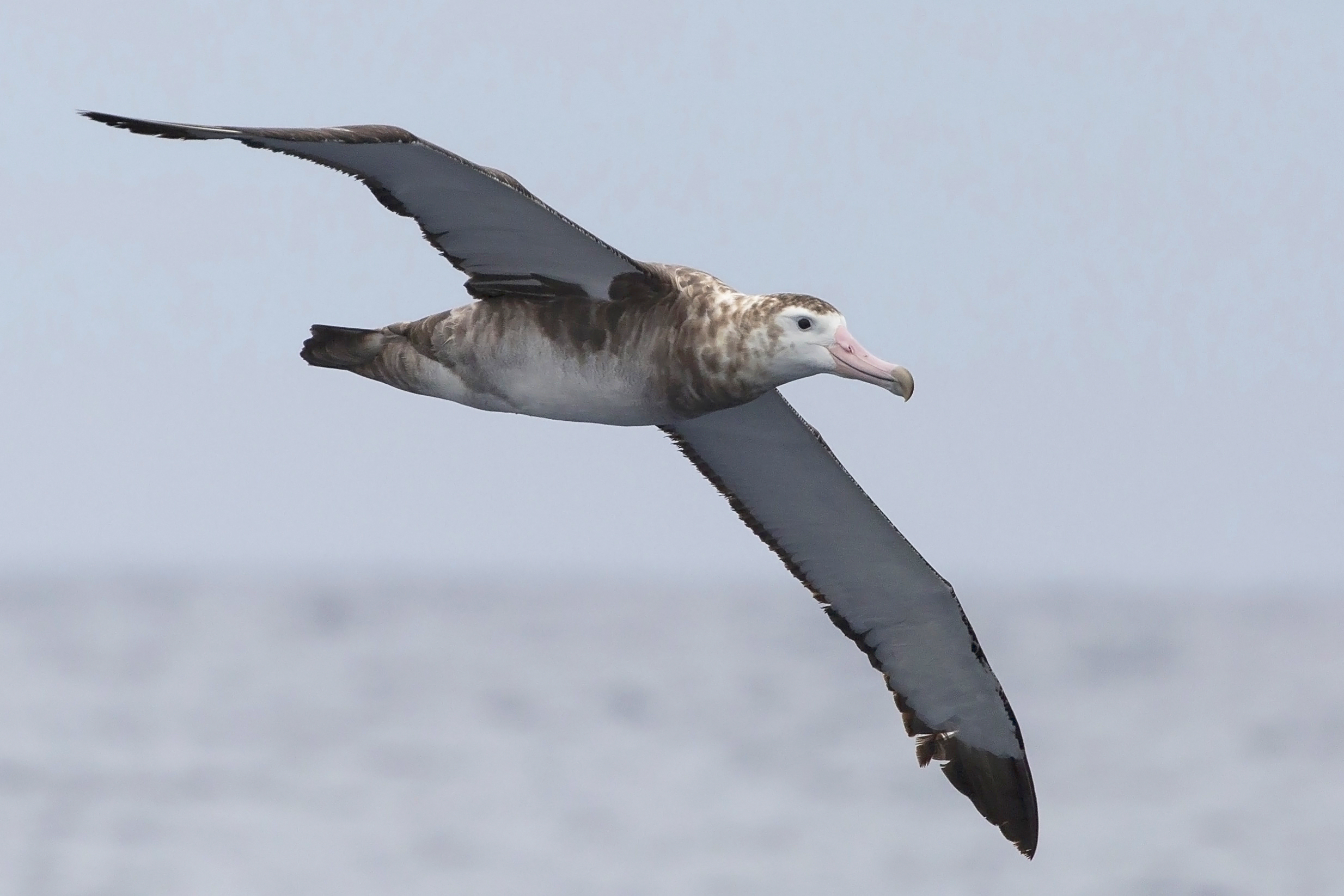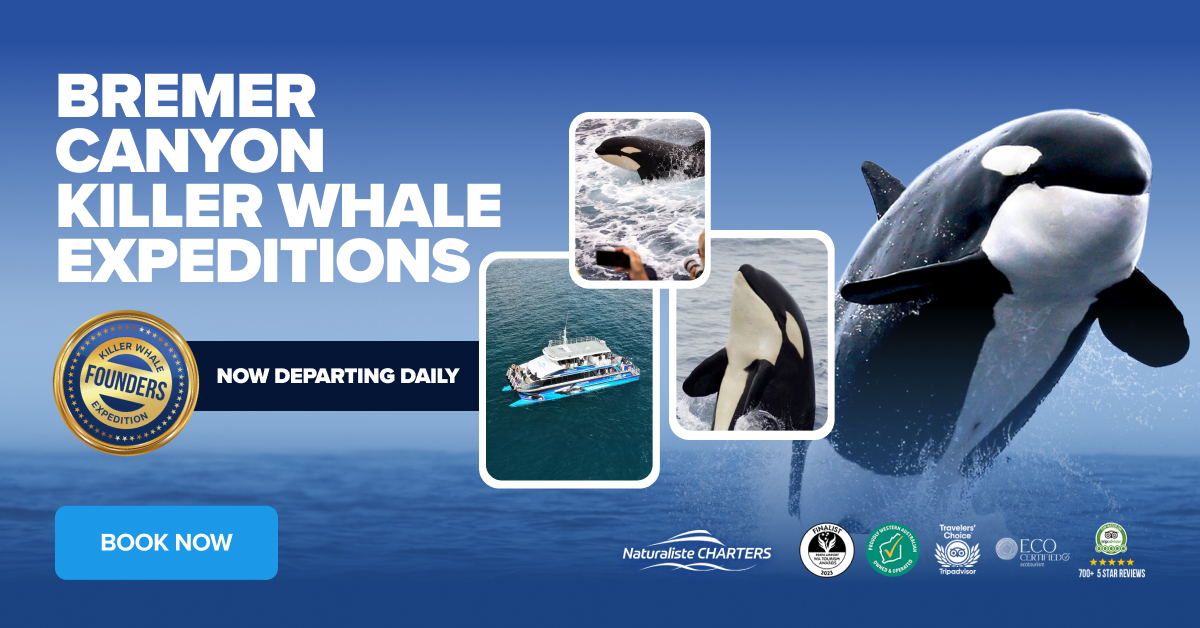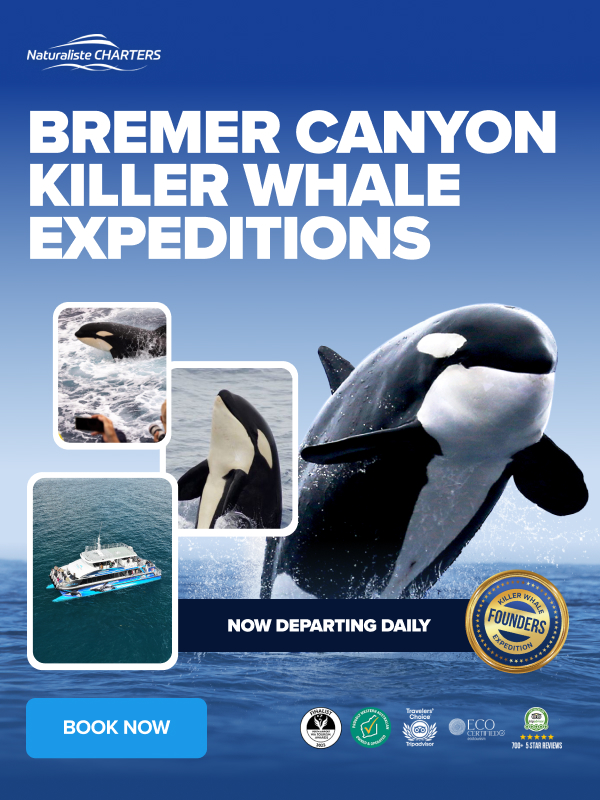How Whales Shape Our Climate
When we picture whales, we often imagine them breaching through turquoise seas or gliding along vast coastlines. Yet there is a far greater story beneath the surface — one that links whales to the very stability of our planet’s climate. Whales not only respond to climate change, they help regulate it. Their role in ocean ecosystems, and in the global carbon cycle, is now recognised as vital to our collective future.
Whales as climate guardians
Large whales are more than ocean icons. They are engineers of the sea and powerful allies in climate regulation. Through their feeding and migration, whales recycle nutrients, stimulating the growth of phytoplankton — the microscopic plants that absorb enormous amounts of carbon dioxide (WDC). As these tiny organisms photosynthesise, they remove carbon from the atmosphere and produce much of the world’s oxygen.
Even in death, whales continue to help. When a whale’s body sinks, it locks away carbon deep in the ocean for centuries (NOAA Fisheries). Each individual can store around 33 tonnes of carbon during its lifetime, the equivalent of thousands of trees.
Climate change and the shifting world of whales
However, as global temperatures rise, this delicate balance faces serious challenges. Climate change is altering whale habitats, prey availability and migration routes (IWC). Warm waters drive shifts in krill and plankton distribution, forcing whales to travel further for food and spend more energy on migration (National Geographic).
Melting sea-ice has reduced feeding grounds for Antarctic species such as the blue and minke whales (CMS). Ocean “freshening” and acidification are affecting the chemical makeup of their environment, which can influence navigation, breeding and survival (PMC Review).
These pressures layer on top of existing threats — ship strikes, entanglement and underwater noise — creating a complex web of stressors for whales already recovering from historic whaling (National Geographic).
Understanding the link: The Whales & Climate Programme
A global collaboration known as the Whales and Climate Programme is dedicated to studying these interactions (Whales and Climate Org). The project brings together scientists, conservationists and data specialists to model how changing ocean conditions impact humpback and other whale populations.
Its research uses satellite tagging, oceanographic data and predictive mapping to better understand where whales will migrate as climate patterns shift (The Economist Impact). These insights can inform policy, marine protection zones and sustainable tourism practices — ensuring that both whales and whale-watching industries can adapt in a changing world.
What this means for whale watching and conservation
For tour operators and marine enthusiasts, the whale-climate connection carries practical meaning:
-
Changing seasons and routes – Warmer waters may shift when and where whales appear. Keeping flexible schedules helps adapt to these new patterns.
-
Deeper storytelling – Tours that include information about how whales help regulate carbon engage guests in a broader climate narrative.
-
Conservation in action – Partnering with research programs or sharing observational data contributes directly to understanding whale movements.
-
Enhanced stewardship – Responsible vessel speeds, noise reduction and distance guidelines all strengthen whale resilience under climate stress.
Your guests can experience more than an encounter — they can witness nature’s climate guardians at work.
Hope beneath the waves
Although the challenges are immense, hope persists. Whales offer one of nature’s most remarkable examples of climate mitigation in motion. Supporting their protection means supporting the planet. Every breach, tail slap and migration tells a story of balance between life and the climate systems that sustain us.
By promoting responsible whale watching, sharing accurate science and inspiring action, we can all play a part in protecting these extraordinary animals — and the ocean that connects us all.
Experience the whales of Western Australia
Here in Western Australia, you can experience this story firsthand. Each winter, humpback and southern right whales gather in Flinders Bay, Augusta from May to August as they migrate north to warmer waters. Then, from August to November, they pass through Geographe Bay, Dunsborough, often with playful calves in tow.
Join Naturaliste Charters on one of our unforgettable Augusta or Dunsborough Whale Watching Tours to witness these gentle giants in their natural environment. Our marine biologists will share insights about their behaviour, ecology, and the vital role they play in the planet’s climate.
Book your whale watching experience today at naturalistecharters.com.au and see how these ocean giants help keep the planet in balance.
References
-
WDC – Whale and Dolphin Conservation: Climate Change and Whales
-
NOAA Fisheries – Whales and Carbon Sequestration
-
IWC – International Whaling Commission: Climate Change and Cetaceans
-
National Geographic – Humpback Whales Face Setbacks from Climate Change
-
CMS – Convention on Migratory Species: Blue Whale & Climate Change
-
PMC Review – Review on Climate Change and Cetacean Health
-
Whales and Climate Org – The Whales and Climate Programme
-
The Economist Impact – Whales Are Telling Us a Story from the Deep

